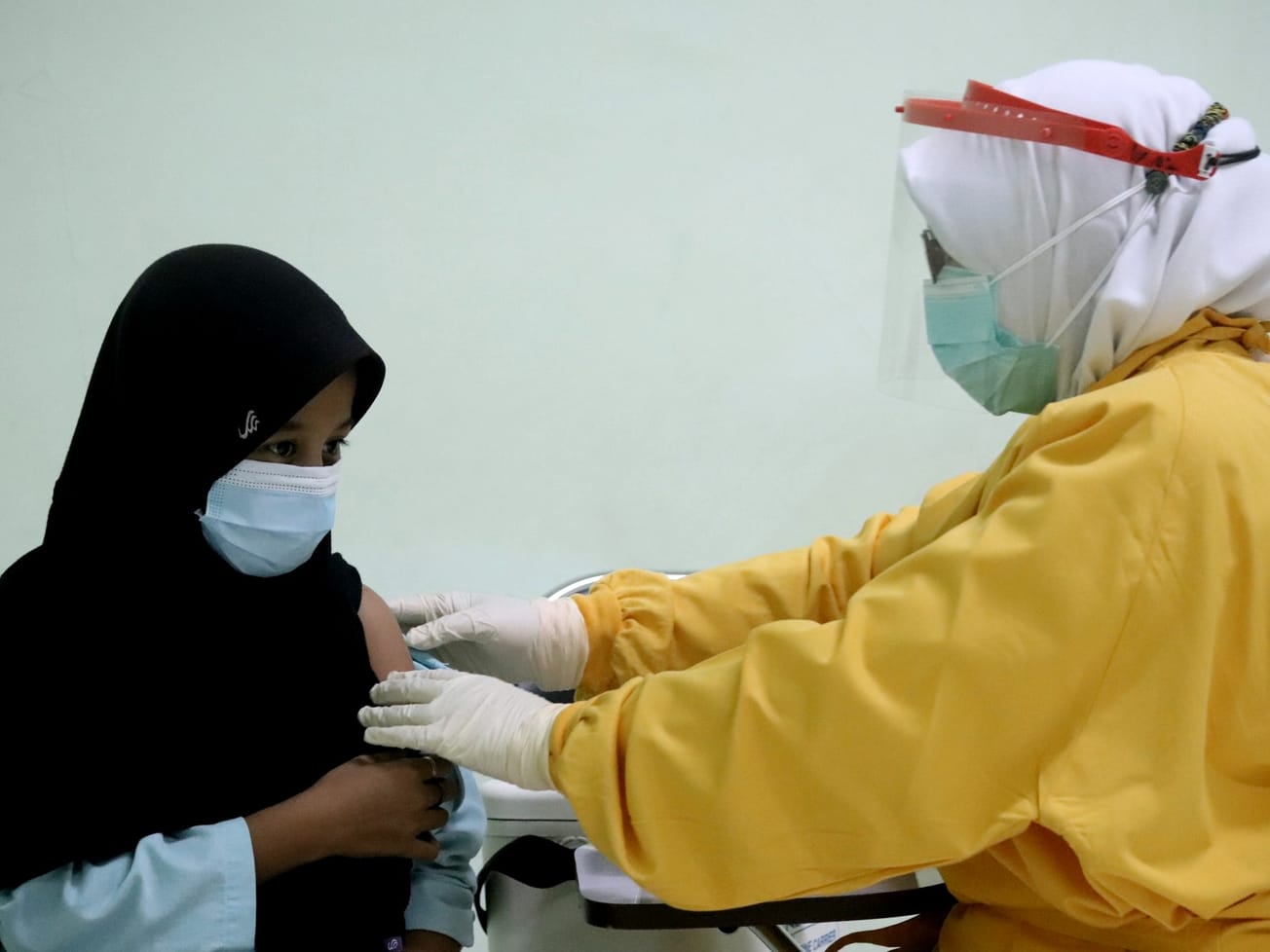UNITED NATIONS (AN) — Depleted fish stocks from illegal and under-regulated fishing. Deep seabed minerals targeted in a boom of company licensing. Deep sea genomes hunted by food and drug makers seeking new products.
Diplomats, experts and international organizations are rushing to protect the rich and mysterious biodiversity of open oceans against mounting commercial pressures. No effective or coordinated system of global governance is in place to regulate ocean areas that lie beyond the control of any country and cover almost half the planet.







